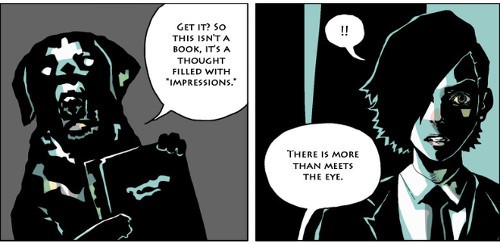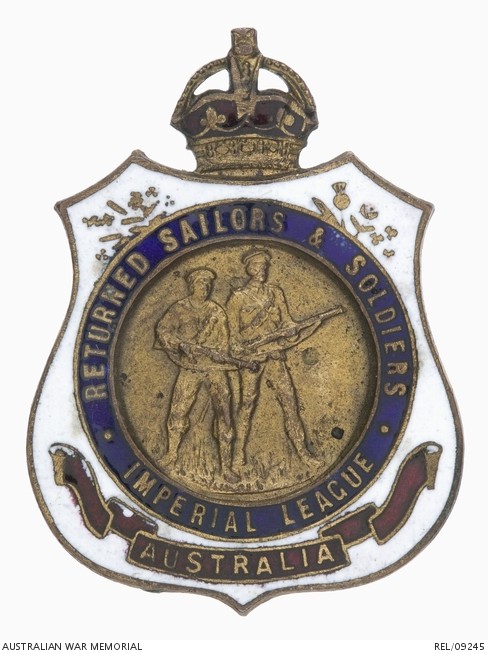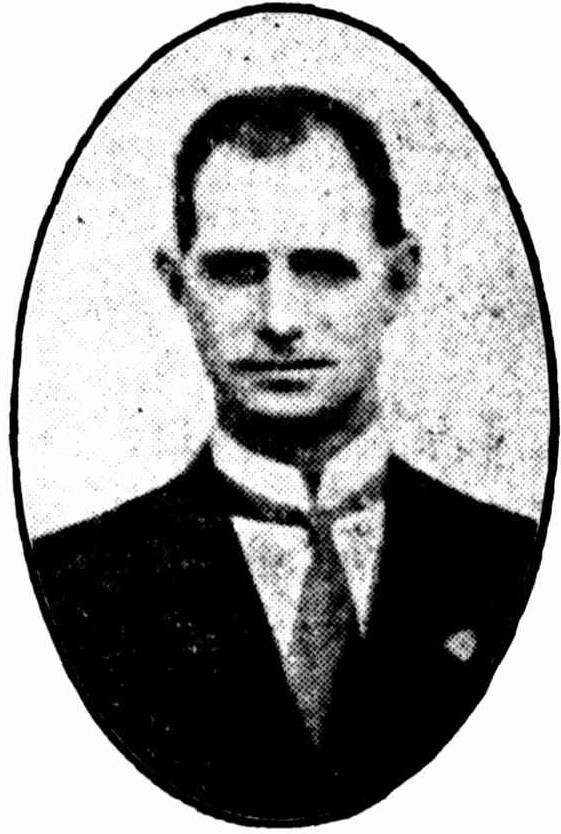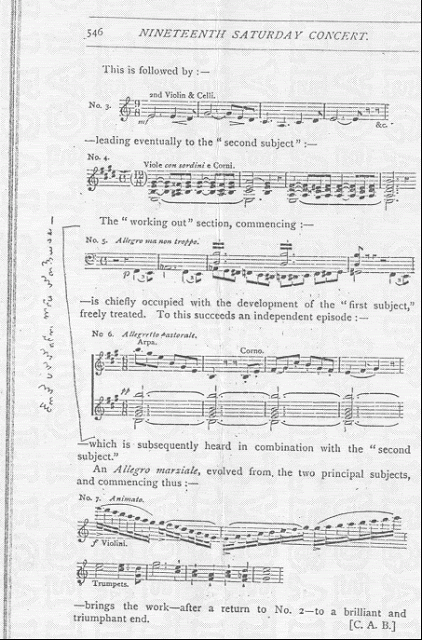Despite this week’s lingering yellow downpour from Troll Land, the same period has seen a surprisingly large amount of good stuff concerning the Tamam Shud cold case / cipher mystery emerging into the light.
The first thing I rather like is Pete Bowes’ line of reasoning concerning the Unknown Man’s glass saucer, one of many curious things found in the suitcase he checked into the left-luggage room at Adelaide railway station on the morning of his death.
But why a glass saucer? Pete combines this with the Unknown Man’s fit-looking physical makeup (and hence a healthy diet, though the only thing we actually know for sure that he ate was a pastie) and his 18 (!) removed teeth to deduce that the Unknown Man must have had a dental plate fitted in his mouth, despite the fact that none was found at his autopsy. For Pete, the likeliest function of the glass saucer is as part of a bedtime ritual – taking his plate out and placing it on the saucer for the night.
I’m actually strongly convinced by this line of reasoning: and it has the ring of domestic routine to it that humanizes the Unknown Man, that helps stop us from treating his situation and life too abstractly or theoretically.
But, but, but… what happened to the Unknown Man’s dental plate? Given that it wasn’t in his mouth or his suitcase, I think there are two major scenarios to consider…
Plate scenario #1: the Unknown Man coughs his plate out while vomiting, but nobody notices its absence until after his body has been moved to the beach later.
Plate scenario #2: the Unknown Man dies, but the people in whose company he dies consciously decide to remove his plate to prevent his being identified by it before moving his body to the beach.
Up until now I haven’t really thought it hugely likely that name-tags or labels were removed from the clothes he was wearing: but add in the absence of a hat and the missing dental plate, perhaps this does all indeed amount to a pretty solid overall scenario to consider. Lots to think about there, hmmmm?
The second big idea of the week came from Cipher Mysteries commenter The Dude (see here, here, here, here, and here). Why oh why, commenteth The Dude, is it that people keep yakking about Jestyn (based on the presence of her phone number on the copy of the Rubaiyat eventually linked to the Unknown Man) when it is surely just as likely that the phone number refers not to her but to her partner-and-soon-to-be-husband Prosper Thomson? After all, Prosper used the same number for some of his taxi- and car-related small ads, even if the phone number was itself listed in the phone directory as “Sister J. E. Thomson”.
I completely agree that there are numerous permutations to consider; and suspect that the main reason people put forward such fanciful (and often ridiculous) theories about Jestyn is probably because she gave a copy of the Rubaiyat to Alf Boxall, making it easy to build up a romantic conceptual castle on top of the various fragments. But the existence of two copies of the Rubaiyat falls well short of a proof definitively connecting them: it was, after all, a popular book at the time.
Back in the real world, however, I contend it was far more likely that the Unknown Man was known just as much to Jestyn as to Prosper. It’s surely hard to keep really big secrets in a tiny little house. 😉
But The Dude goes further: given that Prosper was a car dealer and ended up in court several times for forging (or dealing in forged) car documents at a time when there was a lot of interstate car theft and fencing going on in Australia, might it be that the Unknown Man was a fellow car crim (say, from a different state), and that all the stencilling equipment in his suitcase was actually for altering car number plates?
It’s a perfectly viable hypothesis (and far more realistic than any spy hypothesis I’ve heard floated about the case over the years, for example), and one that might even be testable if we could somehow reconstruct the car ring associated with Prosper from people named in court appearances etc. The Dude is already away looking for this kind of thing, good luck with that whole line of inquiry… 🙂
But what if the truth is even simpler? After all, one of the long-standing mysteries about the Tamam Shud case which nobody ever talks about these days is whether it relates to Keith Waldemar Mangnoson at all: for it was Mangnoson who shouted out loud that he had worked with the Unknown Man in Renmark in 1939, and named him as “Carl Thompsen“.
As nearly everyone knows, though, when the Mangnosons ignored the warnings to keep quiet, things turned out very badly very quickly for all of them… but that’s another story entirely (for now). I really don’t know whether these threats were real or hoaxes: but I can’t help wondering whether all these pieces might be connected in a rather more direct way than is usually suggested.
Basically, might this “Carl Thompsen” have been a misspelled / misremembered cousin or relation of Prosper McTaggart Thomson? Might he also have been a trusted out-of-state fellow crim in the same interstate stolen car fencing ring? As always, the police have probably already followed this trail and it could all be no more than a coincidence… but I thought I’d mention it here, just in case someone has already gone hunting for all this (which normally seems to be the case).
Of course, the reason I call this the “Thompson Twins” hypothesis is that the 1980s UK pop group was named after the Tin Tin characters Thompson and Thomson (the original French bureaucrat pair were “Dupond et Dupont”), and here we find ourselves with our own Thompsen and Thomson to work with. “We are detectives, we are select”, you might say (though perhaps a little optimistically)! 😉





